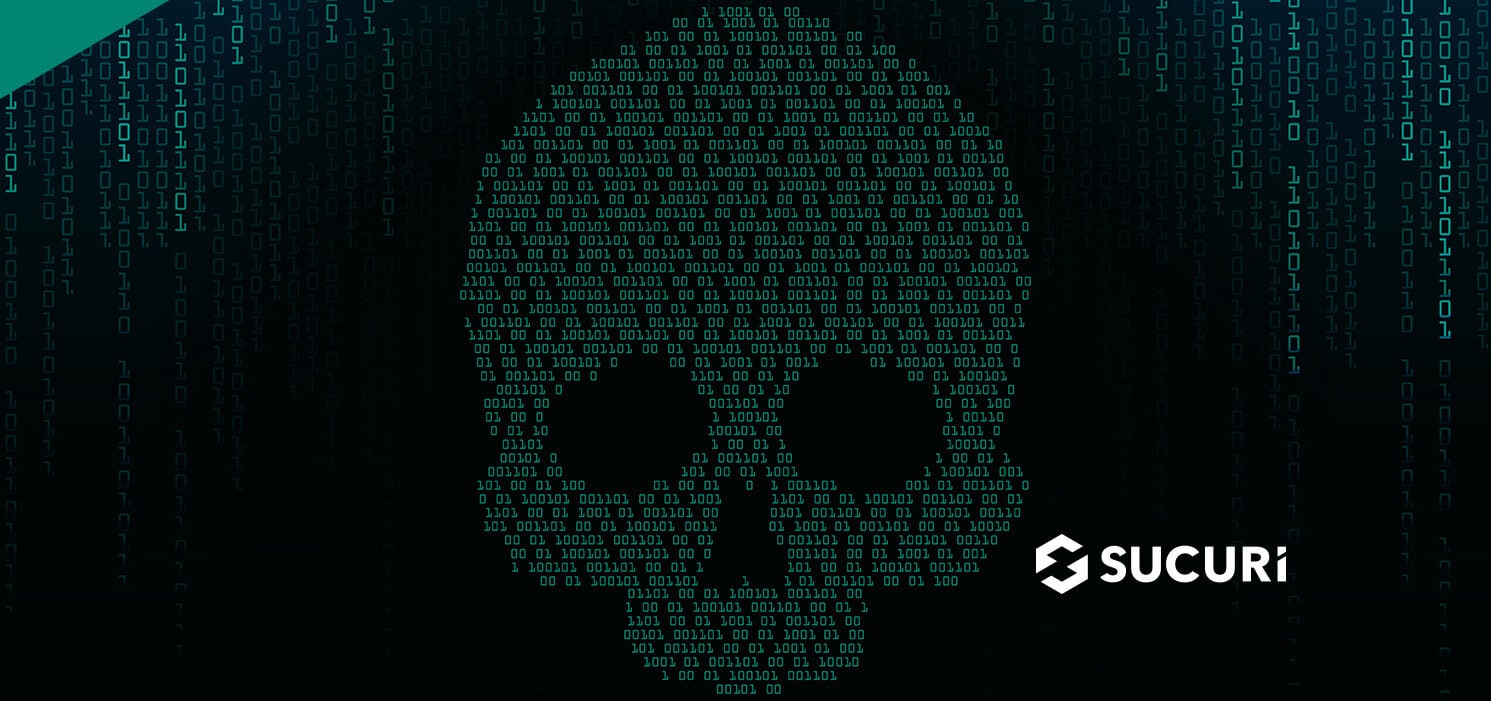Website defacement is an attack on the content of a website. It is typically done in an effort to vandalize or spread a message by hackers. The website’s content is replaced with a malicious message or code that is usually visible to visitors.
In the most common type of attack, a hacker accesses the website through weak security protocols or other vulnerabilities such as cross-site scripting or SQL injection. Once the hacker has gained access to the server, they will replace the homepage or other website content with a message or redirect the visitors to an offensive web page. The malicious content added to the website may have images, text, hyperlinks, audio, or video.
The goal of such malicious activity is usually to embarrass the website’s owner or organization, or to protest a political activity. Other motives for defacement include financial gain through the use of ransomware, defacement of corporate websites to steal data or encryption keys, use of defaced websites as a platform to spread malware and to create persistent malicious backdoors, as well as for recreational and hacking-for-fun.
Website owners or administrators can take a number of steps to reduce the risk of website defacement. These steps include hardening server security protocols, backup creation and storage, using a web application firewall, and regularly scanning the server for vulnerabilities. Additionally, an up-to-date version of the server software and antivirus should be installed to reduce the risk of website defacement.
Overall, website defacement is a malicious activity that can have a negative effect on an online business or organization. By taking the proper steps to protect a website, the risk of website defacement can be minimized.






